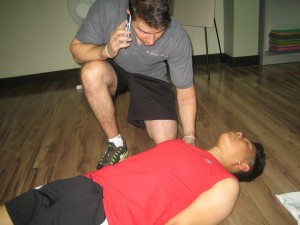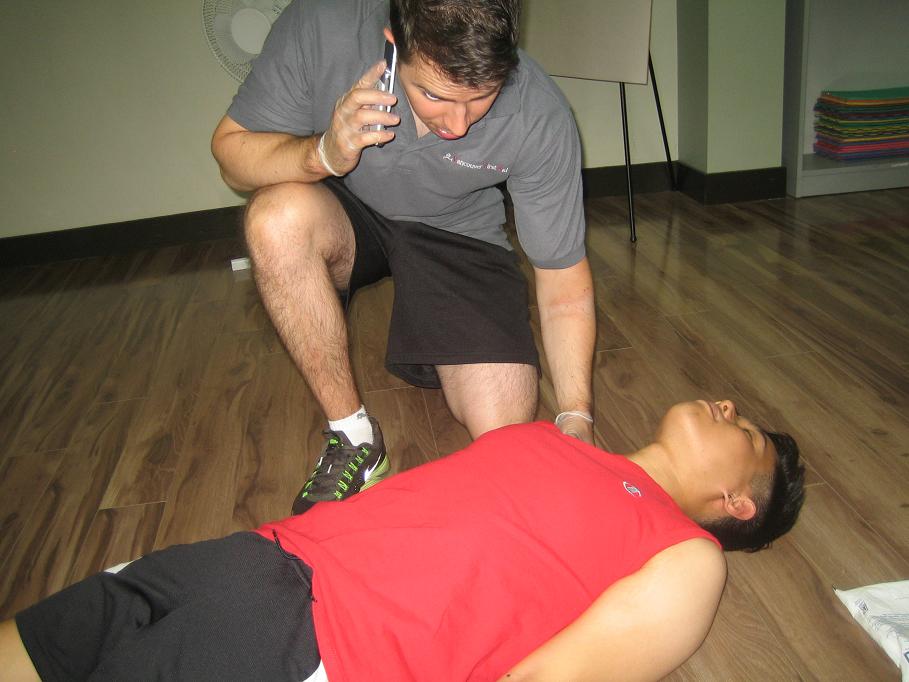A spinal cord injury can result in the potential risk of paralysis, including motor and sensory problems. The spinal cord consists of nerves that play an important role in the transmission of nerve impulses from the body to the brain and vice versa, which is responsible for the motor and sensory response of the body. It can affect the body’s reflexes as well. A spinal injury accounts for 10, 000 new injuries occurring in the United States every year and the improper management of a spinal cord injury at the initial stage of the condition can worsen the nerve damage involved.
The information posted on this page on spinal injuries and head and neck injuries is for learning purposes only. To learn to manage head, neck and spinal injuries take a first aid course with one of our training providers.
Risk Factors and Causes
Spinal trauma, mostly involves the male population who are about 30 years of age and younger, accounting for 75% of the victims of the condition. Drug and alcohol use are known risks to a spinal cord injury due to vehicular accidents and physical trauma. The leading causes of spinal injury are automobile and motorcycle accidents followed by falls, contact sport and industrial accidents, gunshot wounds, and swimming injuries.

Signs and Symptoms
You would identify a conscious person having a spinal injury when the patient complains of an acute pain either on the neck or the back. The pain may also radiate along the other parts of the body that are controlled by the injured nerve. There is usually a sensation of having your “neck or back broken.” Severe injuries may involve paralysis or loss of sensory and motor function, as well as respiratory problems.
First Aid Management
- Improper handling in moving and transporting a spinal cord injury victim can potentially cause more harm than good. If you are unsure what to do, allow the person to lay flat on the ground until help arrives.
- Always assume that a spinal cord injury may be present in cases of accidents like falls direct trauma to the head or vehicular accidents.
- Ask the person for any symptoms felt if possible.
- Make sure to stabilize the body and the neck to prevent further injury and complications.
- When transporting the patient, make sure to keep the body aligned and supported. Apply a neck support or wait until one is available when the paramedics arrive before moving the patient.
- Assess the person for other wounds and injuries.
References:
Seeley, et.al. (2007). Essentials of Anatomy and Physiology. 6th Edition. NY: McGraw-Hill Education.

